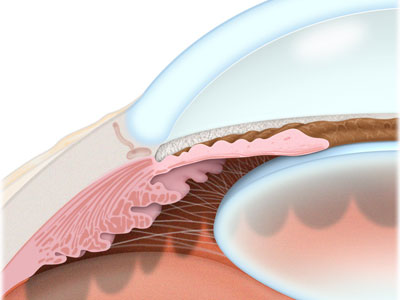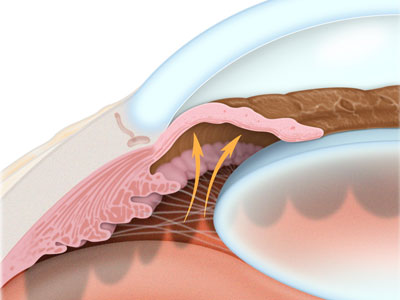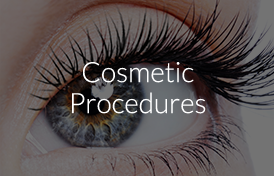Glaucoma
Glaucoma is the leading cause of blindness and visual impairment in the United States. A simple, painless eye exam can detect the disease. With early detection and treatment, glaucoma can usually be controlled and blindness prevented.
Glaucoma can affect anyone from newborn infants to the elderly. It has been estimated that up to 3 million Americans have glaucoma. At least half of those people do not know they have it because glaucoma usually has no symptoms.
People who are at a greater risk for glaucoma usually have the following conditions:
- At least 45 years old without regular eye exams
- A family history of glaucoma
- Abnormally high eye pressure
- African descent
- Nearsightedness
- Diabetes
- Previous eye injury
- Regular, long-term use of cortisone/steroid products

Open-angle Glaucoma

Closed-angle Glaucoma
To detect glaucoma, your physician will test your visual acuity and visual field and test the pressure in your eye. Regular and complete eye exams help to monitor the changes in your eyesight and to determine whether you may develop glaucoma.
Treatment to control glaucoma include medications in the form of either eyedrops or pills, laser surgery and conventional surgery.






